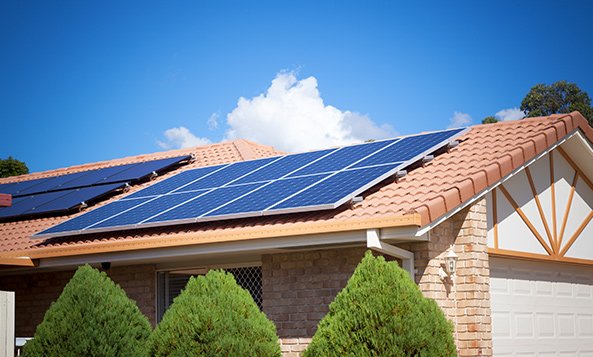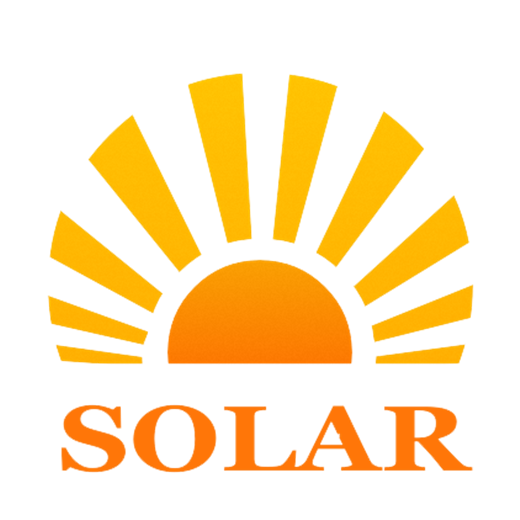As the global demand for clean and renewable energy accelerates, solar power has emerged as a key player in the transition to a sustainable future. Recent innovations and trends are transforming the solar industry, making it more efficient, affordable, and widespread. Here, we explore some of the latest developments that have sparked widespread discussion in the solar energy community.

1. Advances in Solar Panel Efficiency
One of the most significant breakthroughs in solar energy is the ongoing improvement in solar panel efficiency. Traditional silicon-based solar panels have an efficiency rate of around 15-20%, but new technologies are pushing this boundary. Perovskite solar cells, for example, have shown promising results, with efficiency rates surpassing 25%. Researchers are also exploring tandem solar cells, which combine perovskite and silicon layers to capture more sunlight and achieve efficiencies as high as 40%.
These advancements not only reduce the cost per watt of solar power but also make it possible to generate more electricity from smaller surface areas, which is particularly beneficial for urban environments where space is limited.
2. Energy Storage: The Key to a Solar-Powered Future
While solar energy is abundant during the day, its intermittent nature has long been a challenge for widespread adoption. However, recent advances in energy storage technology are addressing this issue, allowing solar power to be stored and used when the sun isn’t shining.
Lithium-ion batteries have dominated the market for solar energy storage, but other technologies, such as lead-carbon batteries and flow batteries, are gaining attention due to their long lifespan and ability to handle large-scale energy storage needs. As energy storage solutions become more efficient and affordable, they are playing a crucial role in stabilizing solar power systems and reducing reliance on fossil fuels.

3. Solar-Plus-Storage Systems
An exciting trend in the solar industry is the rise of solar-plus-storage systems, which combine solar panels with energy storage solutions. These integrated systems allow homes and businesses to generate and store their own electricity, offering greater energy independence and protection against grid outages. In places like California and Australia, where grid reliability is an ongoing concern, solar-plus-storage is becoming an increasingly popular option.
This trend also extends to larger-scale projects. Solar farms equipped with energy storage capabilities can feed power into the grid during peak demand times, helping to reduce electricity costs and increase grid resilience. For instance, hybrid solar plants combining photovoltaic panels and storage have shown great potential for stabilizing grid operations.
4. Floating Solar Farms
Another innovative solution gaining traction is the development of floating solar farms, or “floatovoltaics.” These installations are built on bodies of water, such as reservoirs, lakes, and ponds, maximizing the use of available space. Floating solar farms offer several benefits: they reduce water evaporation, improve panel efficiency due to cooling from the water, and avoid land-use conflicts that arise with traditional solar farms.
Countries like Japan and Singapore, where land is scarce, are leading the way in floating solar projects, and the technology is expected to expand globally as demand for renewable energy increases.
5. Bifacial Solar Panels
Bifacial solar panels, which capture sunlight on both sides of the panel, are quickly becoming a popular choice for solar projects. Unlike traditional panels, which only generate electricity from the front side, bifacial panels use reflected light from the ground or surrounding surfaces to boost energy production.
This technology is particularly useful in regions with high levels of sunlight and reflective surfaces, such as deserts. Bifacial panels can increase energy output by up to 30%, making them a valuable innovation for improving the overall efficiency of solar power systems.
6. Policy Support and Solar Power Expansion
Government policies and incentives continue to play a crucial role in driving the growth of the solar industry. In the U.S., the Inflation Reduction Act (IRA) passed in 2022 provided significant tax credits and funding for renewable energy projects, accelerating solar adoption across the country. Similarly, the European Union’s Green Deal and China’s aggressive solar targets are fostering rapid growth in the solar market.
With supportive policies and the growing commitment to decarbonization, solar power is becoming more accessible for consumers and businesses, creating a more sustainable energy future.

Conclusion
The solar industry is undergoing rapid transformation, driven by technological innovation, policy support, and a growing demand for clean energy. As solar panel efficiency improves, energy storage becomes more advanced, and innovative solutions like floating solar and bifacial panels are deployed, the future of solar energy looks brighter than ever. These advancements not only promise to reduce our reliance on fossil fuels but also offer a viable path toward a more sustainable, resilient energy system.
With continued investment and innovation, solar power is poised to play a central role in meeting the world’s energy needs while addressing the urgent challenges of climate change.

